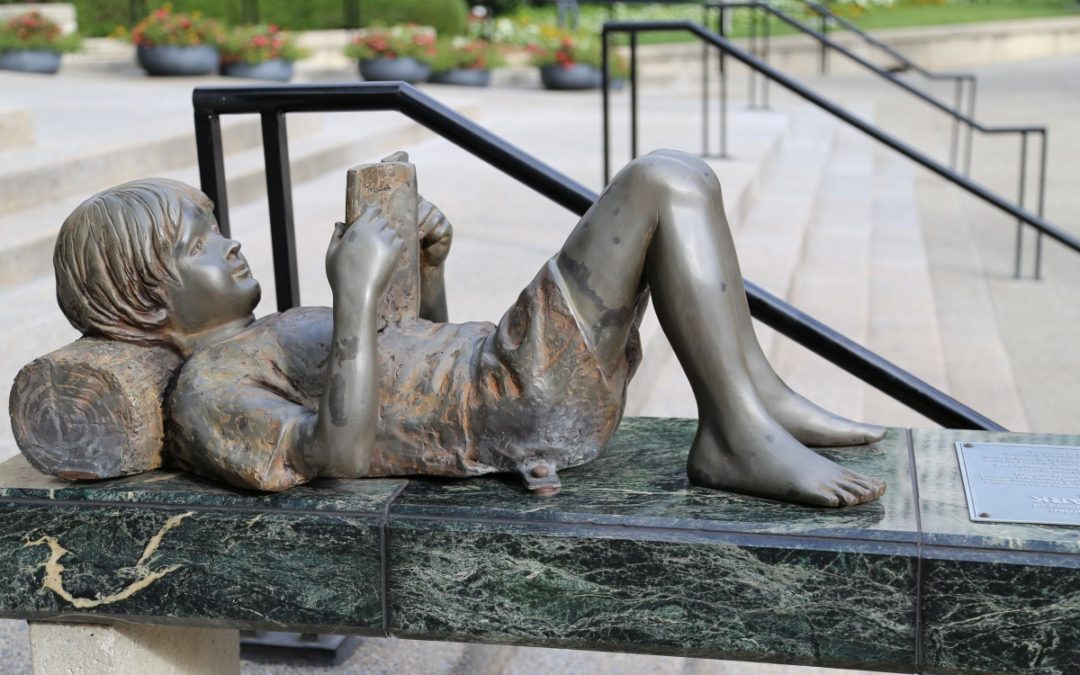
The state of liberal arts education, and in particular photographic education
“You know, we don’t need a lot more anthropologists in the state. It’s a great degree if people want to get it, but we don’t need them here. I want to spend our dollars giving people science, technology, engineering, math degrees. That’s what our kids need to focus all their time and attention on. Those type of degrees. So when they get out of school, they can get a job.” Governor Rick Scott.
If this statement resonates as short sighted and full of drab political rhetoric, you would be right. Governor Scott is not alone in this thinking, Patrick McCrory of North Carolina was quick to state: “McCrory told radio host Bill Bennett, who was education secretary under President Reagan. “It’s not based on butts in seats but on how many of those butts can get jobs.”
These broad statements are echoed by many other Governors, education leaders and administrators.
“The Republican governor also called into question the value of publicly supporting liberal arts majors after the host made a joke about gender studies courses at UNC-Chapel Hill. “If you want to take gender studies that’s fine, go to a private school and take it,” McCrory told the radio host. “But I don’t want to subsidize that if that’s not going to get someone a job.” Governor McCrory.
From these politically induced statements derived from a modern socio-economic stance or perhaps an elitist attitude, the general public would be inclined to think of liberal arts education as a waste of public resources, personal time or worse, the rejection of American principles (get a job, pay your taxes and do not rock the establishment). In effect, the general attitude of America when it comes to education is one of cause and effect: a rapid training in a specific technology or service-orientated fields (such as the healthcare commerce, IT or other technical support matters) will simply result in more jobs, and therefore revenue all around. Everyone goes home happy, productive and relatively ignorant of the greater knowledge needed to personally advance in any particular career field.
But, what does liberal arts education bring to an individual or society as a whole?
The ability to do in-depth quality research, the skills to present such research and conclusions in a lucid and supported manner, presentation skills whether in speech or written, a desire to explore topics in anew and innovative fashion to support the advancement of a particular field. And yes, these are the traits needed to progress into any career, regardless of the field, and even more crucial; these are the prerequisites for innovation and entrepreneurship. A monkey-see, monkey-do educational approach may be useful to many who seek a new path in a difficult and rapidly evolving world economy, but may only result in the demise of an innovative society. There are indeed many other countries that can perform these basic technological tasks at a much-reduced cost, hence the global dissemination of jobs outside of the USA, leaving us a poorer world power, intellectually, innately and financially.
When it comes to education in the medium of photography, we are faced with three choices: private (for-profit) education, publically funded colleges and universities and the wide world of self-education through workshops and the Internet.
Certainly, private education has the advantage of being in a faster reactive mode when it comes to industry trends (DLSR video is a prime example), yet we must all be aware that the costs of private education can be exorbitant. With declining enrollments and the difficulties of placing students in full time employment in a field that often leads to a freelance status, private education is unlikely to continue with most forms of art curriculum.
Publicly funded institutions on the other hand are slow to react to changing market conditions and rapid advancements in technology, often taking years to implement new syllabi and relevant course content. With a top-heavy administration and ever diminishing funding, colleges and universities struggle to maintain their liberal arts programs whilst many faculty members are on the threshold of retirement. Art education does not always lead to full time employment as it is a career and life choice, one difficult to quantify in terms of the hard numbers so desired by the educational and political powers. And so the decline continues, replaced by a reactive position instead of a vision for the future.
Workshops and internet based specific training in the medium are abundant these days, yet most of these offerings are often very basic and rarely quantifiable in terms of the knowledge being fully acquired. The demographics are also very different than those of students enrolled in formal education, with the majority of attendees residing in a more mature status, often professionals or retirees who just want to improve their skills for a hobby scenario.
So, if you are fortunate to have received a liberal arts education, particularly in photography, you should appreciate that opportunity, one that may not be around much more in the future. The debate about education has been ongoing for many years, but so far words are the only actable points that have been produced. I expect that in Florida, within a few short years, there will remain only a few institutions with a photography program, a sad state of affairs in my humble opinion.
Pierre Dutertre is an educator on many levels, including teaching at a variety of institutions, a consultant to fine art as well as commercial photographers and a high-end workshop instructor at locations in central Florida

Recent Comments